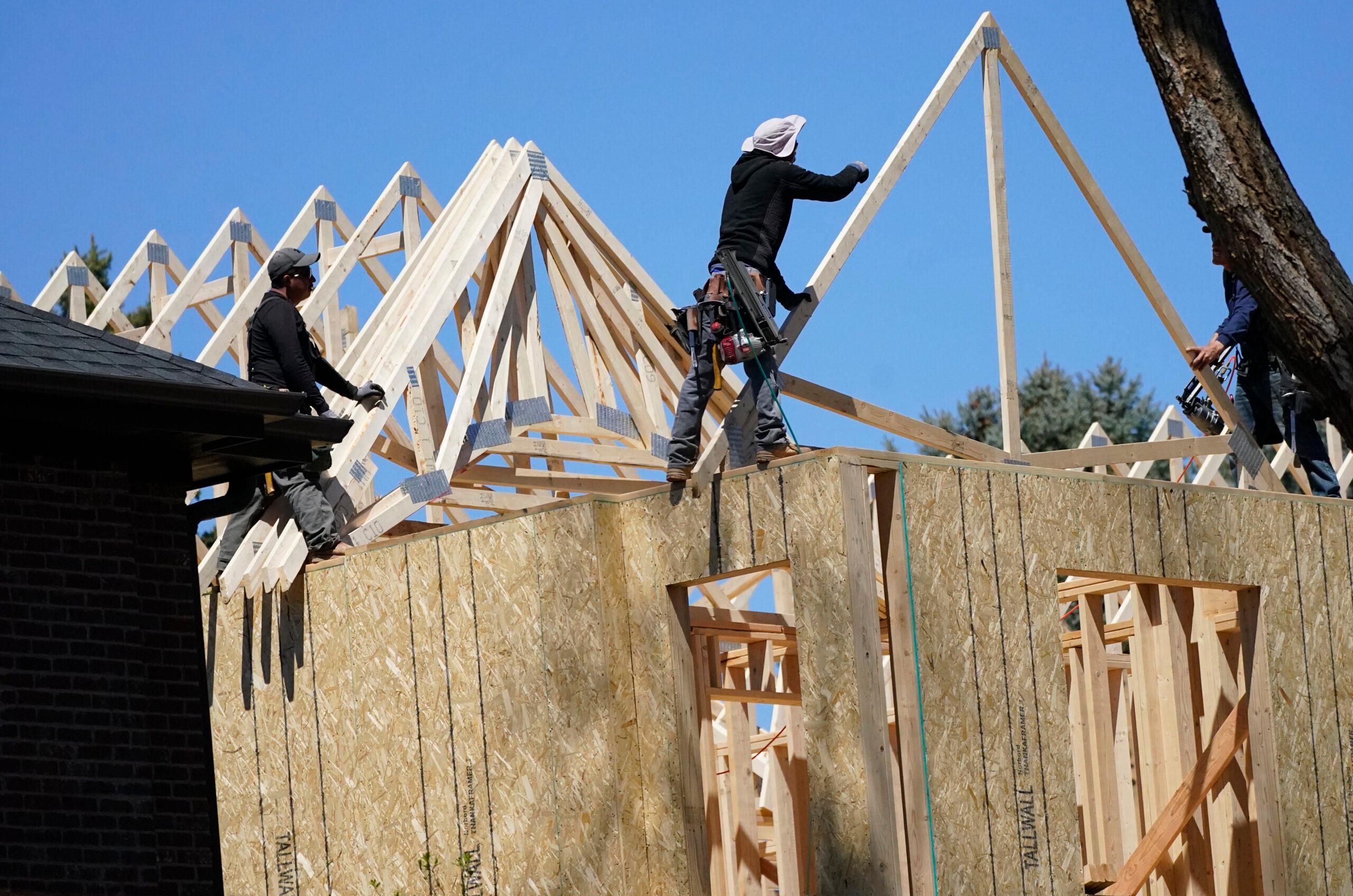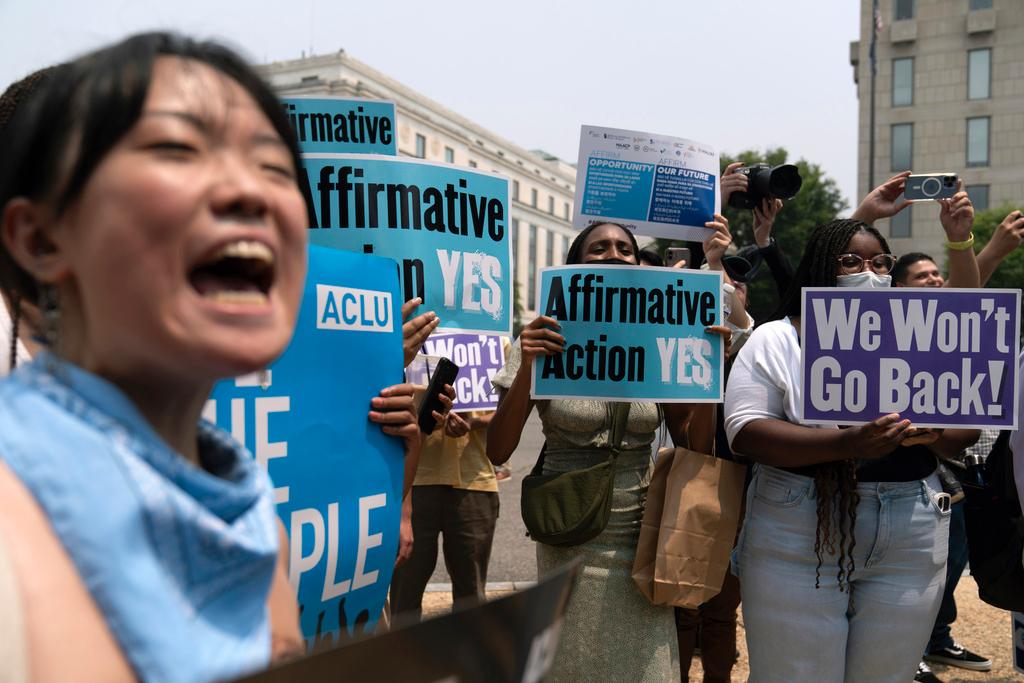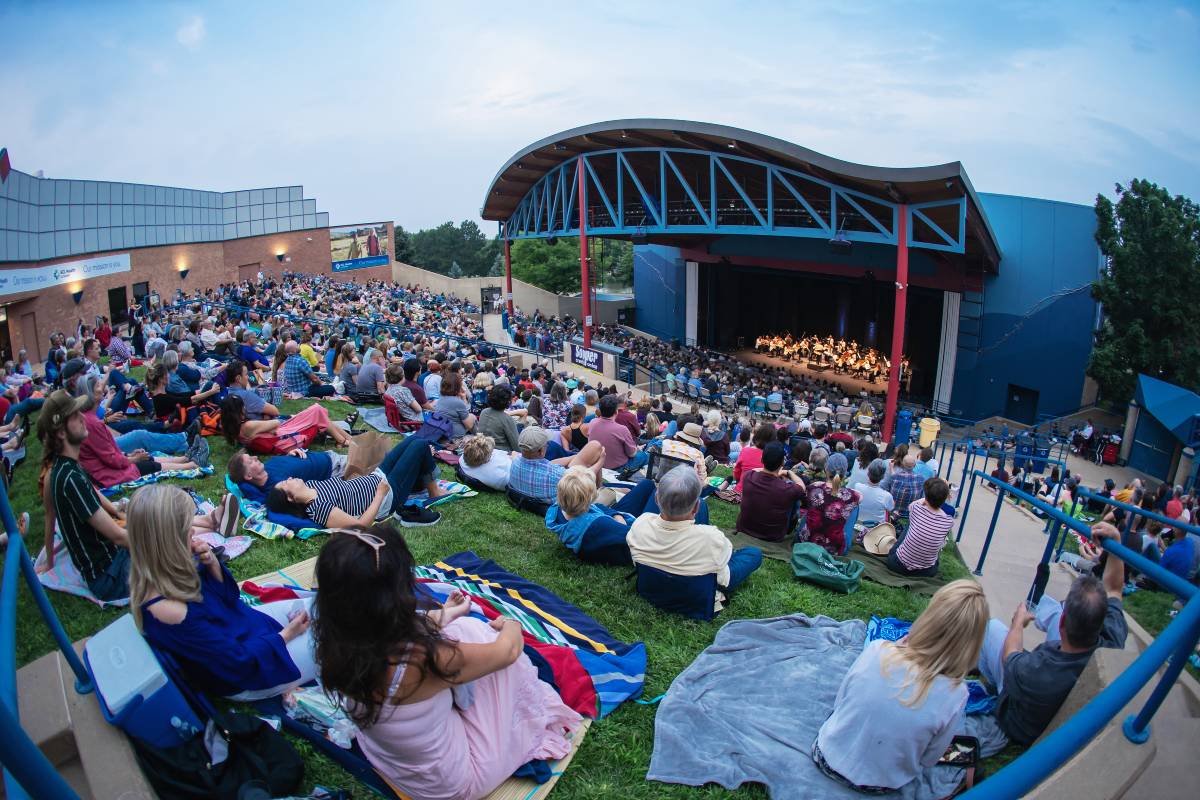
The number of homes for sale in the Denver metro area, the state’s largest housing market, spiked last month in what could signal a turning point for buyers that have been fighting over meager inventory for two years.
At the end of March, there were 2,221 homes for sale in the Denver market, which includes Boulder and the surrounding suburbs, according to a new report from the Denver Metro Association of Realtors. That’s an 80 percent increase from the previous month. Still, the supply remains historically low. In records going back to 1985, the average number of available homes on the market in March was nearly 14,000, the report shows. The record low was 1,921 active listings in March of last year.
Inventory is expected to increase further in coming months as spring and early summer are typically the most popular times to put a home on the market.
Prices are still rising despite the surge in listings. The median home price in metro Denver at the end of March stood at $602,750, an increase of about 5 percent in one month, and a 20 percent increase from the prior year, according to the report. Other areas of the state are seeing similar gains. For instance, the median home value in Colorado Springs hit $475,000 last month, up 2 percent from February and roughly 16 percent higher than a year ago.
Home prices in Colorado – and across the U.S. – have boomed since the start of the pandemic as low interest rates and a lack of homes on the market pushed people to pay more. That trend could be starting to reverse as the central bank lifts interest rates to fight inflation. The average rate for a 30-year mortgage is hovering at around 4.8 percent, compared to 2.8 percent last summer. That means monthly payments are higher and buying power is reduced.
The surge in listings and higher mortgage rates have cooled the market somewhat, Andrew Abrams, a realtor in Denver, said in the realtor association’s report. Earlier this year, it was common for homesellers to receive dozens of offers on a single home, Abrams wrote, leading some buyers to make offers that were six-figures above the asking price. Now, there’s likely just a few competing offers, he said.
But buyers are still primed for bidding wars, he said.
“It’s become standard for buyers to come in very aggressively on offers,” according to Abrams.









